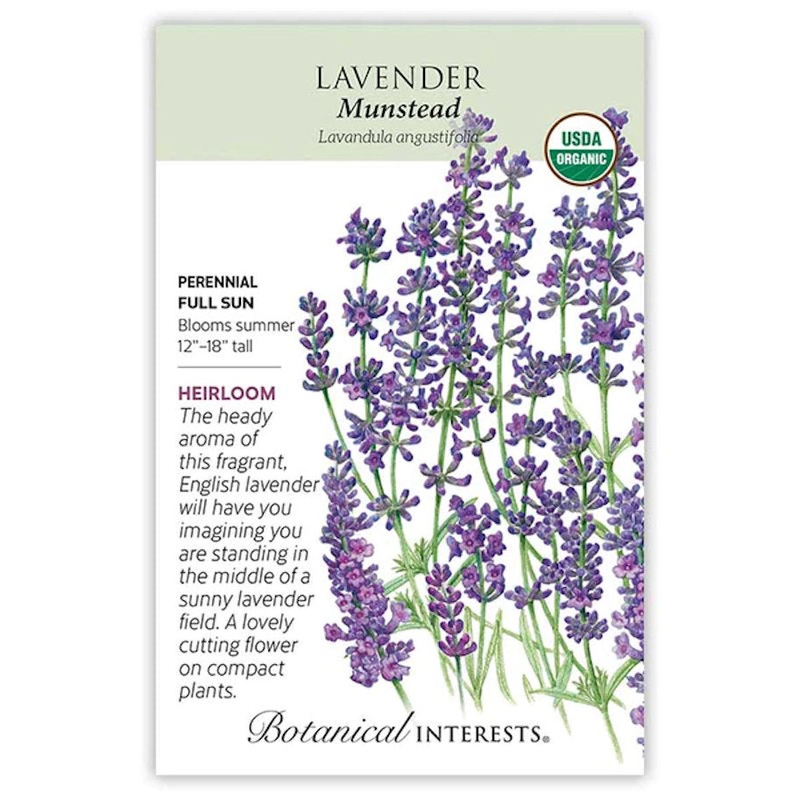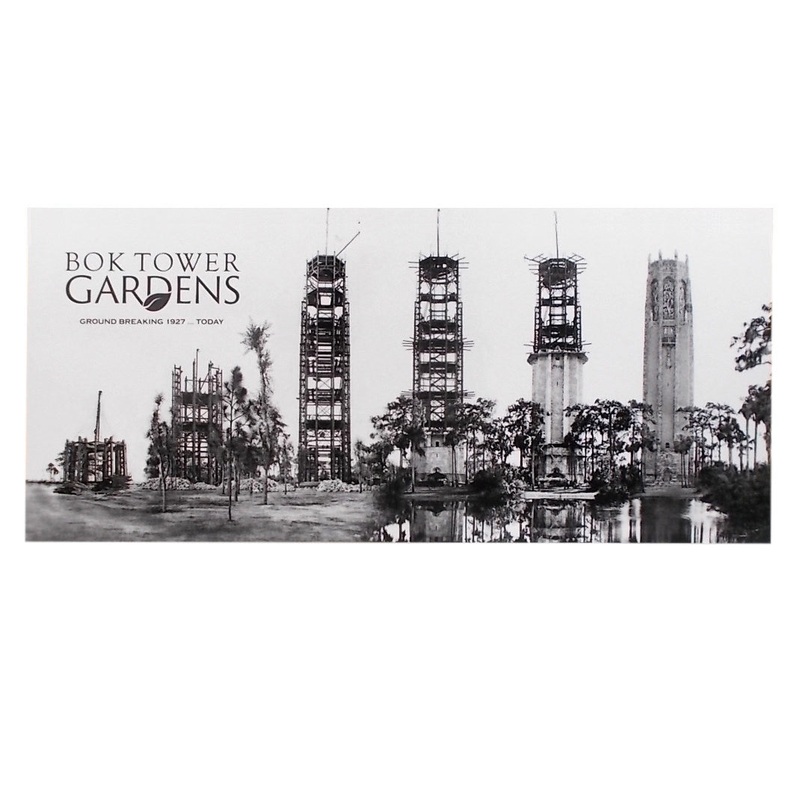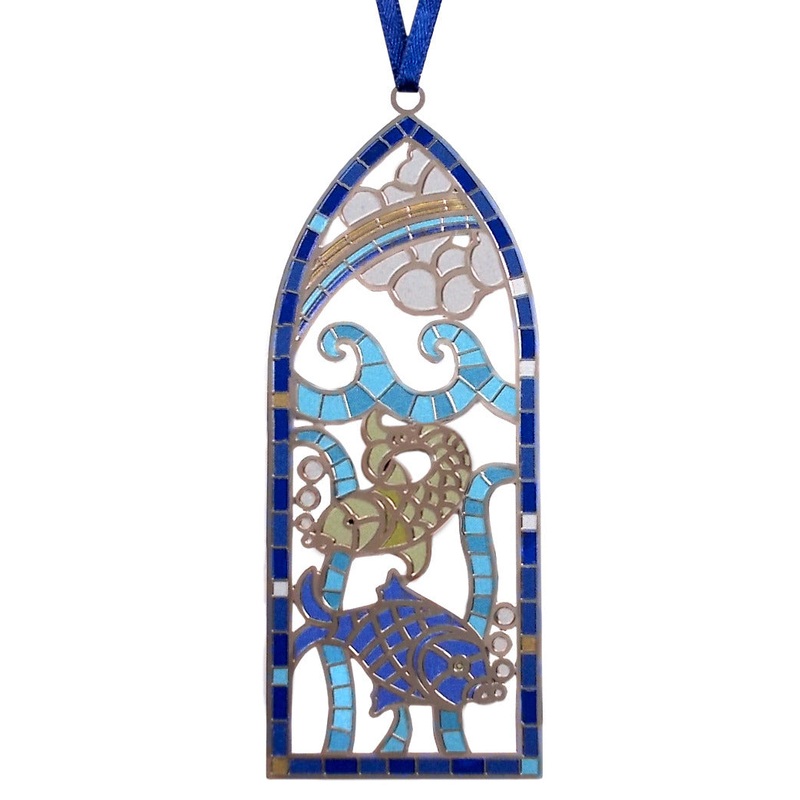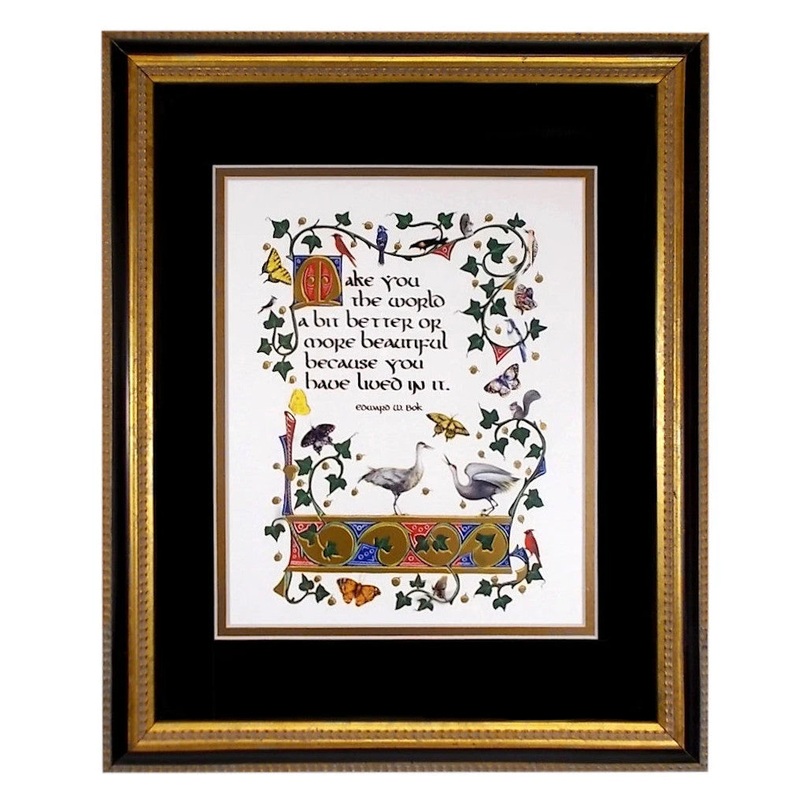Introduced in 1916, ‘Munstead’ was named for Munstead Woods in England where it was a favorite of renowned garden designer, writer, and artist, Gertrude Jekyll. ‘Munstead’ flowers earlier than other lavenders and stays compact. English lavenders are preferred for culinary uses and oils. Heat- and drought-tolerant plants attract pollinators. Add the flowers to a simple syrup to make craft cocktails/mocktails or lavender lemonade. Bake into bread, cookies, or scones, and flavor jellies. Perennial in USDA zones 5-9.
Family:Lamiaceae
Native:Mediterranean region
Hardiness:Perennial in USDA zones 5 to 9
Exposure:Full Sun
Bloom Period:Summer
Plant Dimensions:12″18″ tall (tallest in bloom) and expanding over a few years to 24″ wide.
Variety Info:Several “” lavender flowers aligned on a flower spike.
Attributes:Attracts Pollinators, Cut Flower, Deer Resistant, Drought Tolerant, Edible Flower, Good for Containers, Heat Tolerant.
When to Sow Outside:4 to 6 weeks before your average last frost date, as soon as soil can be worked, or late fall in any climate.
When to Start Inside:RECOMMENDED. 10 to 12 weeks before your average last frost date. Transplant seedlings after your average last frost date.
Days to Emerge:1590 Days
Seed Spacing:Surface to “
Thinning:When 1″ tall, thin to 1 every 18″24″






Reviews
There are no reviews yet.